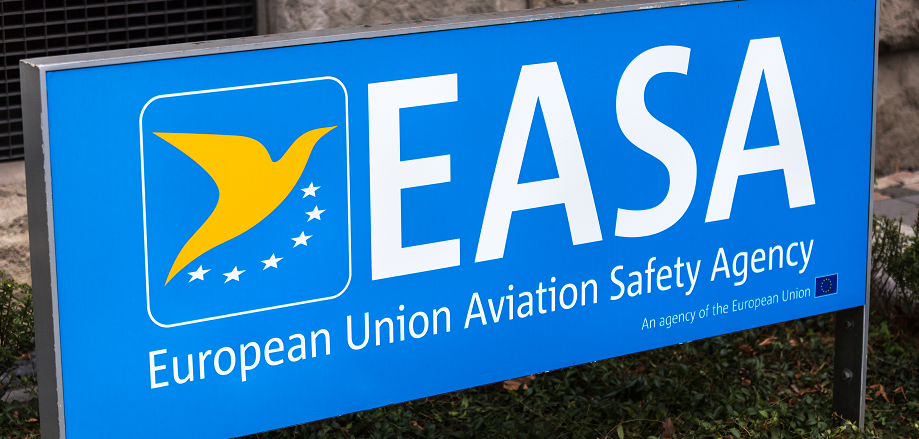Sofema Aviation Services (SAS) www.sassofia.com takes a look at the certification process related to EASA Products, Parts & Appliances
Introduction – Definition of Products, Parts & Appliances
- Product means an aircraft, an engine or a propeller.
- Part means any element of a product, as defined by that product’s type design.
- Appliance means any instrument, mechanism, equipment, part, apparatus, appurtenance, or accessory, including communications equipment, that is used or intended to be used in operating or controlling an aircraft in flight, is installed in or attached to the aircraft and is not part of an airframe, engine or propeller.
o Note – EASA appears to be discontinuing the use of the term Appliance instead standardising on the use of “Part”.
REF – EASA Basic Regulation ARTICLE 11 – Design of Products (Regulation (EU) 2018/1139)
- The design of a product shall be subject to certification and shall be issued with a type certificate.
- Changes to that design shall also be subject to certification and shall result in the issuance of a certificate of changes, including supplemental type certificates. Repair designs shall be subject to certification and shall be issued with approval.
- That type of certificate, that certificate of changes, that approval of repair design and that approval of the operational suitability data may also be issued without such application, by:
o An organisation approved in accordance with Article 15.
o When that organisation has determined that the design of the product complies with the conditions established in the third subparagraph of this paragraph.
Note – A separate type certificate is NOT required for the design of engines and propellers that have been certified as part of the design of an aircraft in accordance with this Article.
What does EASA certify?
- aircraft
- engines
- propellers
- certain parts to be installed on aircraft
- certain non-installed equipment
The certification of any of these products is an independent assessment of a design and a confirmation that it meets standards of safety and environmental protection that were established and evolved over decades, and, in the case of aircraft, that it is suitable for operation.
European rules and oversight mechanisms, including the maintenance of products, ensure that initial levels of safety are maintained throughout the product’s life.
What does the process cover?
EASA checks all EU products for their airworthiness (including operational suitability) and their environmental performance against technical standards and requirements.
- For a new product, a certification team is established and they start their work by familiarising themselves with the product design.
- The applicable technical standards and requirements are determined (according to the type of products, detailed Certification Specifications (CSs) apply) and a Certification Programme is agreed.
- The compliance is demonstrated by the design organisation and checked by the EASA certification team according to the agreed Certification programme.
- The team issues a final report and issues the certificate only if the product passes all technical requirements and if no unsafe feature has been detected.
- Throughout their life cycles, products are continuously monitored to make sure that they remain safe. If issues are identified, corrective actions are taken.
Concerning Non-EU products
Recognition of foreign certification systems are possible if bilateral agreements or working arrangements are in place, ensuring that EU technical standards can be met.
- The non-EU product certificates are then subject of an EASA validation, that can be automatic, streamlined (administrative) or with technical involvement (similarly to the certification of EU products) depending on the applicable agreement or arrangement.
Regarding Part Identification
Subpart Q, 21.A.804(a), and related GM require proper identification of each Part and Appliance that is designed or redesigned, including parts designed to be incorporated in repairs (21A.451), by ‘permanent and legible marking’ hereof, and is applicable for Design Organisations and Manufacturers.
- 21.A.804(a) 1 and 2 clearly require marking of Parts and Appliances with ‘name, trademark, or symbol identifying the Manufacturer’ and ‘Part number’, as defined in the applicable Design Data.
- According to the GM, the Design Approval Holder shall identify in all its Design (TC, STC, ETSO, Repair, Change) approved after 28 December 2009, how the Manufacturer has to mark subject Parts and Appliances in accordance with 21A.804(a) 1; which can be limited to identifying a marking field and the method, without prescribing the actual text or symbols.
- 21.A.804(a) 3 requires additionally marking with the letters ‘EPA’ of all parts produced (manufactured) in accordance with data ‘not belonging to the TC holder of the related product’.
Next Steps
Follow this link to our Library to find & Download related documents for Free.
Sofema Aviation Services www.sassofia.com & Sofema Online www.sofemaonline.com provide Classroom, Webinar & Online EASA Regulatory Compliant & Vocational Training. Please see the websites or email Team@sassofia.com for additional details.
Tags:
aviation, Basic Regulation (EU) 2018/1139, Design Approval Holder, EASA, EASA Basic Regulation ARTICLE 11, EASA Certification, EASA validation, EU products, Non-EU products, SAS blogs




